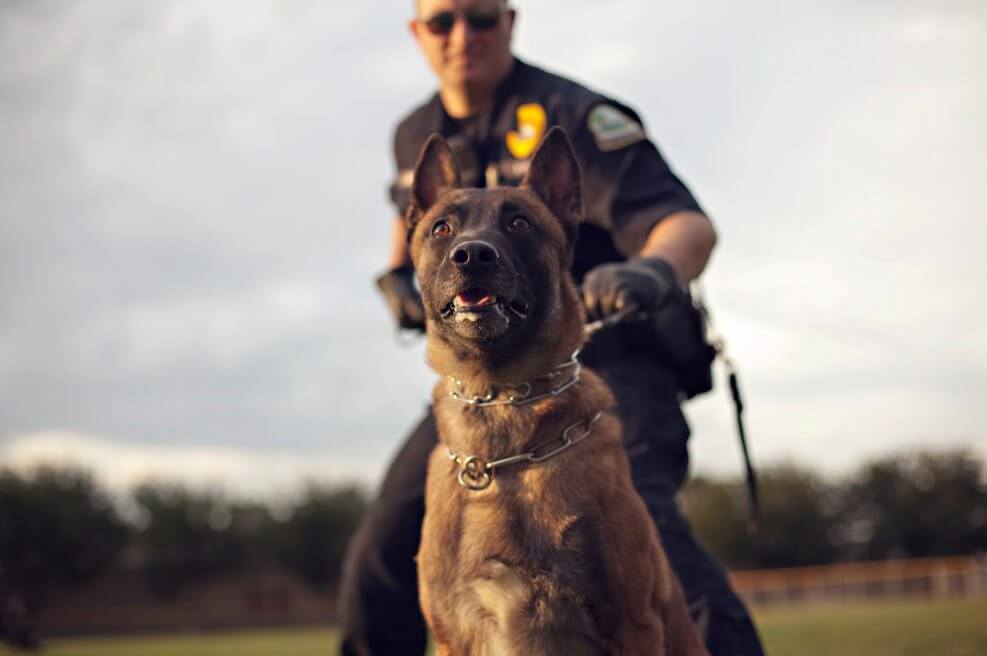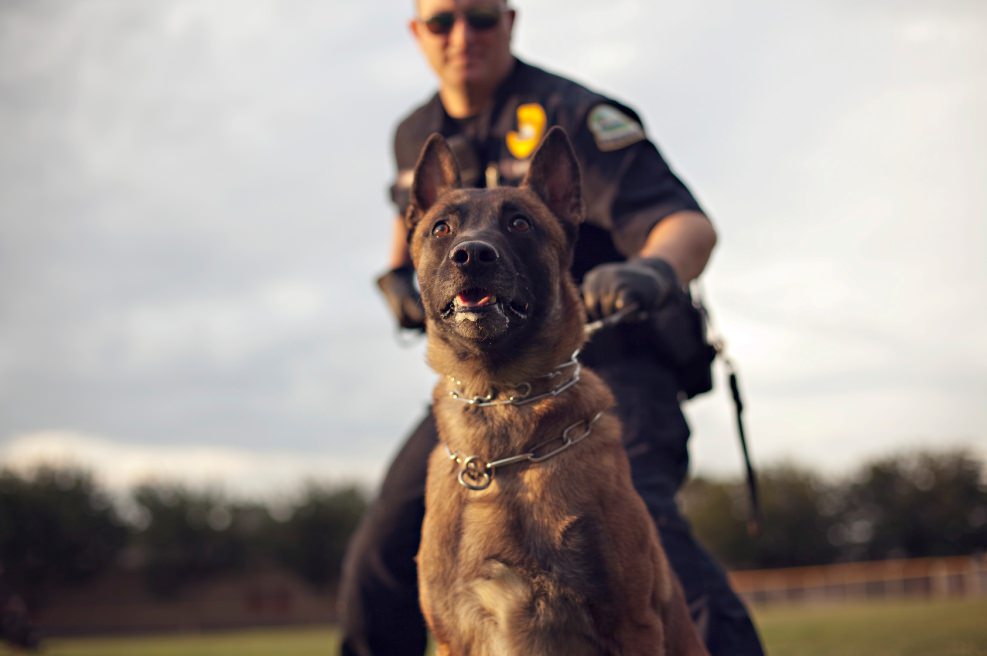Recently, the Georgia Court of Appeals held, in Richardson v. State (A14A0409) that a physical search of a driver, who had been pulled over for failing to maintain his lane was proper, where a K-9 drug dog had alerted to an odor coming from the driver’s car – after the driver had already exited the vehicle. The K-9 had alerted – which means indicated to its handler – that it smelled some type of contraband by the driver’s side of the vehicle. Upon searching the vehicle the officer merely found an open beer can.
Assuming there must have been something recently in the car that had caused the odor, the officer then turned to the driver and searched his person. Normally, in the absence of a drug dog, the officer would not have been able to perform this type of search unless he had a reason to believe the driver had a weapon on him.
Why is this type of use of K-9 drug dogs to justify a search a problem? Since K-9’s lack articulable language skills, their response during a “sniff-search” in any given situation is subject to their handler’s interpretation. This is not to say that a K-9 cannot often communicate very clearly in a manner that would be universally understood. For instance, most would agree that many dogs can exhibit “danger” signals which will not be easily misconstrued. However, the type of behavior exhibited in the case discussed here requires a level of interpretation that could readily be manipulated (even inadvertently) to serve the interests of the K-9’s handler as opposed to providing reliable and accurate information.
A K-9’s ability to reliably identify contraband is periodically tested for accuracy and this can be reflected by a K-9’s “certification.” However, the manner in which they are often evaluated is highly subjective and can be unreliable. For instance, one way to evaluate a K-9’s accuracy is by calculating the number of false positives it has returned in real-life scenarios. When a K-9 alerts despite the absence of contraband – returning a “false positive” — the dog’s handler will frequently defend the K-9 by attributing the false positive to invisible “trace residue” that may have left a lingering odor on whatever item it was that caused the K-9 to alert.
One study out of Illinois reported that K-9 searches had an accuracy rate of 32% — meaning, that of the approximately 100 K-9 searches that were conducted between 2007 to 2009, only 32% of the alerts that handlers received turned out to have been accurate.
This is not to suggest that law enforcement should completely discontinue the use of K-9’s during investigations. However these issues raise serious questions regarding the current use of K-9 alerts to establish probable cause to support a search. Normally a police officer is not permitted to perform a warrantless search of a car or an individual without reliable information that a crime is being committed. What the Illinois study suggests is that there are very real reasons to question the reliability of K-9 searches, especially when the reason to search is based solely upon a K-9 alert.

